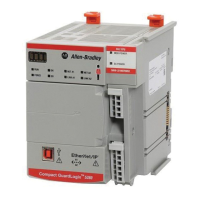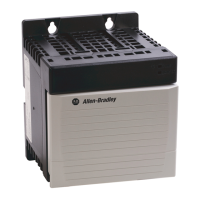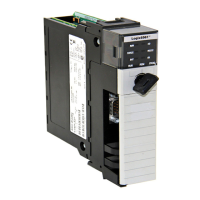Rockwell Automation Publication MOTION-RM003I-EN-P - February 2018 223
The Velocity Negative Feedforward Gain attribute is a value that reduces or
eliminates velocity overshoot by subtracting a portion of the velocity reference
signal from the velocity error.
Velocity Droop
Usage Access T Data
Type
Default Min Max Semantics of Values
Optional - FPV Set/SSV
REAL 0 0
Velocity Units / Sec / %
Rated
Velocity Droop value that provides compliance to the velocity integrator by
subtracting a portion of the velocity loop effort from the velocity error input to
the velocity integrator. The presence of the Torque/Force scaling gain, Kj, in the
droop signal path lets Velocity Droop to be specified in velocity units per % rated
torque output. This parameter is also valid for V/Hz devices and its behavior is
nearly identical, but instead of % rated being related to torque, % rated is related to
current.
Velocity Error Tolerance
Usage Access T Data
Type
Default Min Max Semantics of Values
Optional - PV Set/SSV
REAL 0
FD
0
Velocity Units
The Velocity Error Tolerance attribute determines the absolute maximum
Velocity Error value that can be tolerated without causing a Excessive Velocity
Error exception.
Velocity Error Tolerance Time
Usage Access T Data
Type
Default Min Max Semantics of Values
Optional - PV Set/SSV
REAL 0.01 0
Seconds
The Velocity Error Tolerance Time attribute determines the maximum amount of
time that the Velocity Error Tolerance can be exceeded without generating an
exception.
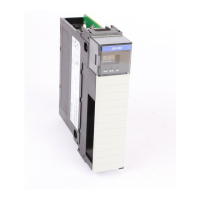
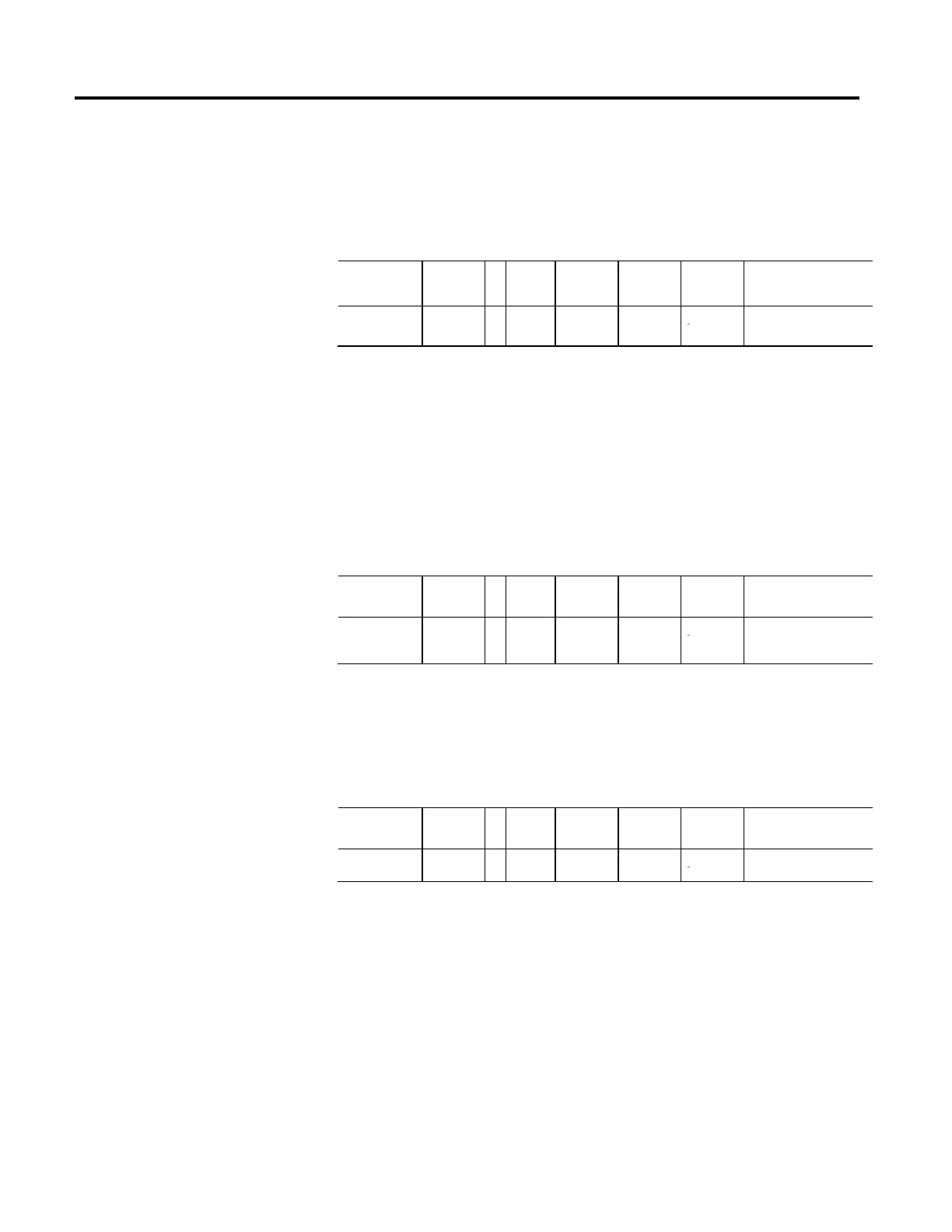